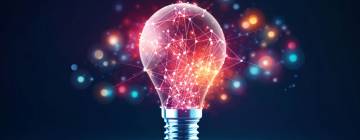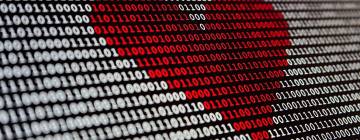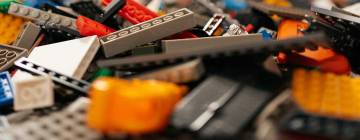
Heralded as a major revolution in the industrial sector, the concept of the digital twin is gradually making an impact in the world of education. The overall idea is to perform simulations in a virtual world before deploying scenarios, objects, and actions in real life.
-
Metaverse: what exactly is a digital twin?
The digital twin is a perfect virtual representation in digital form, an exact replica of a physical element (object, system, installation, process, etc.).
Its role is to continually understand, predict, simulate, monitor, analyse, and optimise the real world. To exist and function, the digital twin harnesses artificial intelligence, real-time data analysis, machine learning, human expertise, and reasoning to make decisions. In a way, it is a bridge between the physical and virtual worlds, as it constantly interacts between these two worlds.
The concept of digital twins… it’s nothing new
Digital twins already exist in urban planning to help design the smart cities of the future, in transport, in the management of renewable energy production, for example to test the performance of wind turbines, in the automotive industry and in healthcare. So why not use digital twins in education to enhance learning!
-
What opportunities do digital twins offer?
- To be able to create the least expected scenarios in order to identify risk management strategies and solve complex tasks.
- To try out our teaching practices before deploying them in the real world. We will be able to test hypotheses, analyse the results and validate a given exercise before it is physically implemented on campus. As a result, we will be able to improve the overall efficiency of our systems.
- To work in a more flexible way because collaboration can take place remotely in a single location where all school stakeholders come together. For example, you can access the classrooms from anywhere in the world.
- To monitor remotely, in real time, the performance of the scenarios set up, detect any faults, and resolve them before they are launched.
- To reduce unnecessary waste. A ‘virtual prototype’ is much cheaper to set up than a physical prototype and generates less waste.
-
A digital twin for learning
For Excelia, the Metaverse is only of interest if it benefits teaching and learning. That’s why we’ve created our very own digital twin.
The general idea behind Excelia’s digital twin is to recreate the XL Factory, and its innovative physical experimental spaces, in order to explore new environments and enhance the learning experience. We are going to accurately reproduce scenarios in which learners and teachers can collaborate, with lessons being delivered.
The XL Factory's digital twin will offer immersive learning experiences that complement those offered on campus.
The aim is not to reproduce lectures, but to provide interactive and collaborative scenarios involving learners and teachers.
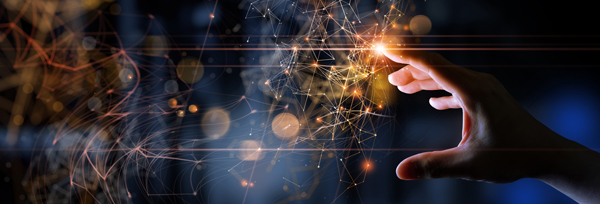
Anthony Hié, Chief Digital Officer, Excelia
Reproducing an immersive experience that incorporates pedagogical objectives and decision-making skills requires the full range of pedagogical and technological ‘human’ expertise. It is therefore the teachers, the instructional designers, the technological experts, and the scriptwriters who co-construct this virtual simulation.
Anthony Hié
-
Excelia’s digital twin: an opportunity to boost our CSR policy
CSR has always been a major priority for Excelia. It is one of the 4 key areas of focus in Excelia’s strategic plan. Our ambition is to develop the knowledge and skills of learners so that they become responsible citizens, and to design campuses with a positive social and environmental impact. By definition, the digital twin enables us to constantly model, simulate, monitor, analyse, and optimise our teaching scenarios in real time, while reducing costs and waste. This is why the digital twin is one of the specific levers contributing to the implementation of our CSR strategy and to the creation of a more sober and sustainable future.
" According to a recent Capgemini Institute Research report entitled ‘Digital Twins: Adding Intelligence to the Real World’, 60% of organisations are using digital twins to not only improve operational performance, but also to support their sustainable development objectives."
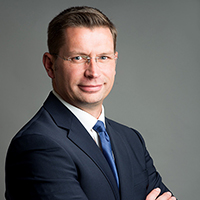
Anthony Hié



